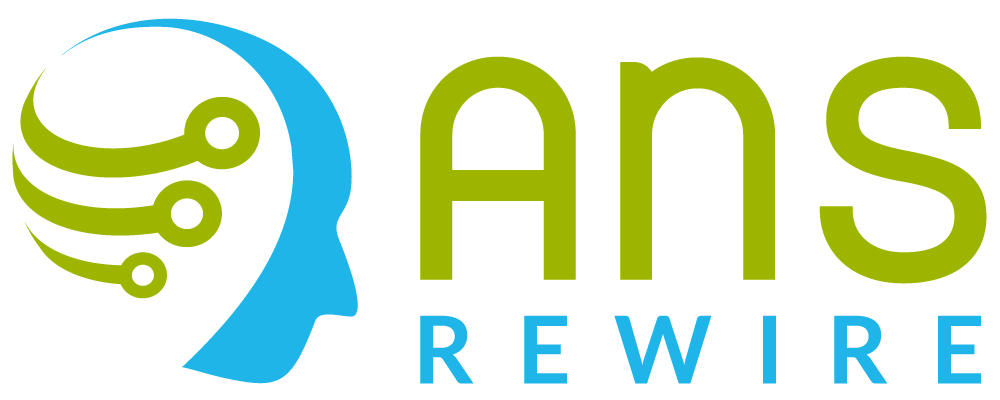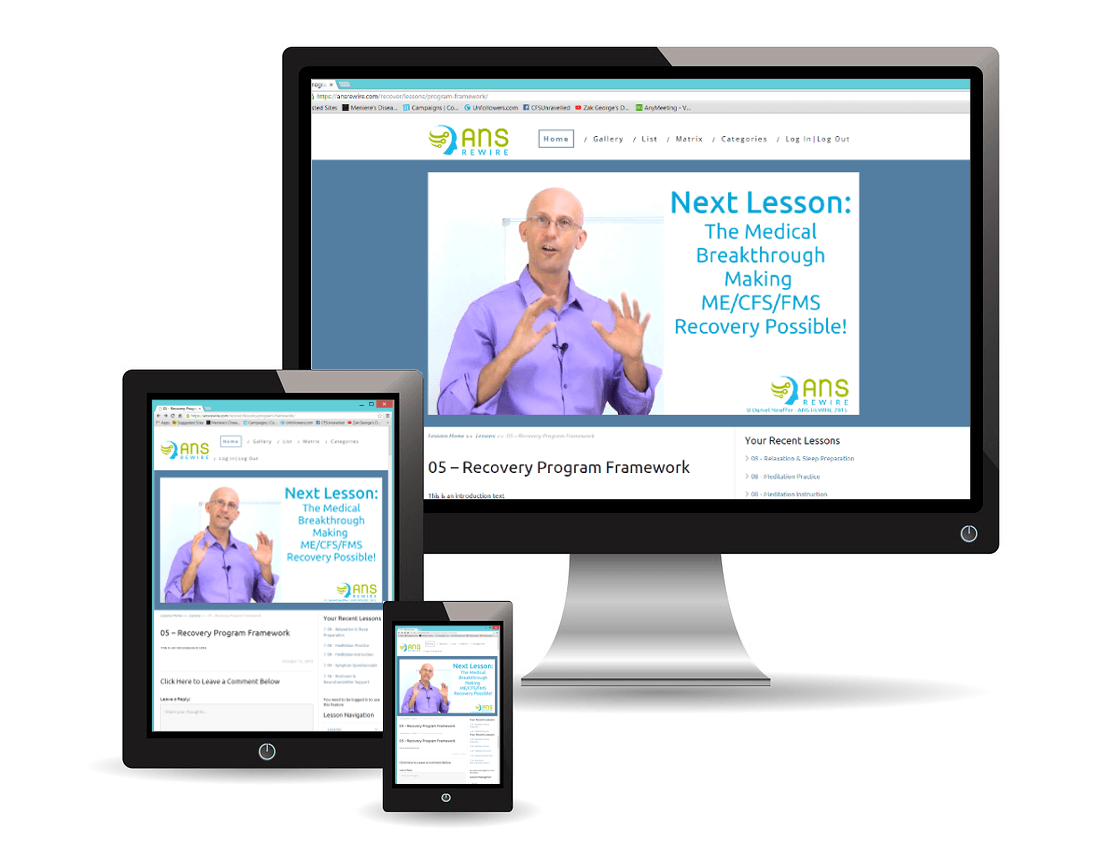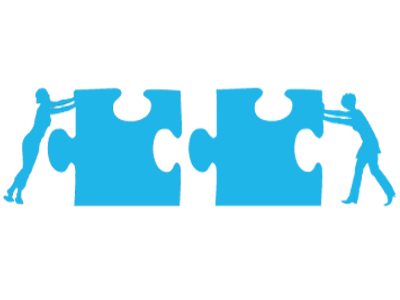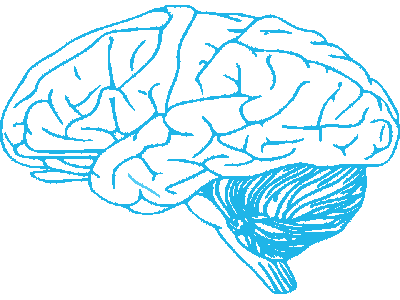
Recovery Program Description & Details:
Program Content Introduction
Often, people that have tried many approaches for recovery from ME/CFS/Fibromyalgia/POTS/MCS and other versions of this condition* with partial or little success, are interested to understand the specific tools and techniques in the program before they enrol.
It is important however, to understand that recovery is NOT about any ONE specific tool or technique, but rather about a comprehensive approach tailored to your personal needs.
In order for you to tailor your personal recovery action plan using the tools, techniques, strategies and additional treatments discussed, it is key that you gain a deeper understanding of the dynamics of the illness. That is why education and understanding are so heavily featured in the ANS REWIRE program.
In other words, it is about understanding the answer to this question:

“Why have others recovered with XYZ strategy (some specific physical treatment, therapy, brain training or even graded exercise regimen), whilst others have not had success with the same approach?”
Understanding answers to such questions will help you to answer the most important questions including:

“What do I need to do to recover?”
and perhaps most importantly:

“Why haven't I recovered so far?”
Hence the program is based on the fact that:

Despite a common root dysfunction, symptoms and bodily dysfunctions vary, as does the severity of the illness.

We know that what allows one person to recover from these conditions, often won’t work for the next person!
So whilst all people share common challenges and dysfunctions, that often require a common approach, we recognise that everyone still has some different needs. This is why there is no single effective fix-all treatment for these conditions that works for everyone, no easy cure. For example, a person experiencing severe pain has different challenges to a person experiencing MCS. And in turn, a bedridden person may need different additional treatment needs to somebody that is more mobile.
So the program is more than a collection of strategies or a “protocol” for recovery, it is about you using the education, information, tools, strategies and training to tailor your PERSONAL ACTION PLAN for recovery. It is about guiding you to explore answers to the above questions and to seek additional help from health care professionals where needed as part of your holistic recovery action plan, to tip your nervous system back into normal functioning.
Program Lesson Categories
The program consists of five categories including:
Coaching
Think of the program as having somebody in your life each day, to guide you and help you plan your recovery, somebody who understands what you are going through and who can motivate you to do what you need to do. This is why the lessons are delivered one day at a time, so that you can build on your knowledge and give yourself time to take the action you need to recover.
physical strategy
Here we address the 4 key physical triggers of the illness. This category is made up of specific education and strategies to reduce these triggers to help you create a healing environment and start your journey towards recovery. This includes:
The lessons are strongly focussed on understanding the reasons behind the differences in people’s experiences. For example, it addresses the conundrum of many people experiencing a significant worsening of their condition with increased exercise, whilst others benefit from it. This understanding and the distinctions are then available to allow you to avoid the pitfalls, and to start using physical exercise for improved function and recovery.
brain training
Once a foundation of understanding has been laid out, we move into a range of brain training. This includes a number of strategies and techniques that you can customise to your own preference and experience, to more directly address the neurological dysfunctions, including the maladaptive stress response and pain sensitisation. The training includes:
supporting strategy
Finally there are also some additional video lessons that address circumstances where some people might seek specific medical treatments, including:
The lessons help put these additional treatments into context, provide some background information and share some key distinctions for success.
So the program consists of over 40 online lessons which are designed to guide you in your recovery journey and help you take these important steps:
Step1
Understand what is going on.
Step 2
Learn what you need to do and how to do it.
Step 3
Take the daily action steps to move you forward.
Daily Action Steps:
The daily action steps that are part of the program, vary depending on the topic of the lesson. Some examples of simple steps are:
The daily action steps can also include adding specific strategies to your daily action list, including such things as:
Program Components
The program includes an online component and audio training.
Online Component:
The program is available online with the delivery of one lesson per day over a period of around 6 weeks. This ensures that you can complete the daily action tasks and build up your understanding before commencing specific strategies and brain training for your recovery!

Audio Training
This includes 3 components:
ANS REWIRE
Mindfulness Meditation Course

Utilises Brainwave Entrainment Technology!
ANS REWIRE
Pain Desensitisation Exercises

Utilises Brainwave Entrainment Technology!
ANS REWIRE
Sleep Relaxation

Utilises Brainwave Entrainment Technology!
What is Brainwave Entrainment Technology?
Brainwave Entrainment Music uses an audio technology known as binaural beats as well as isochronic tones, monaural beats and amplitude modulation. These assist in bringing about desirable changes in brainwave activity to encourage states of relaxation, deep meditation or sleep.(1)(2)(3)
The Pros and Cons Lists
Cons
Pros
Conclusion:
It's important that you feel comfortable with the Pros and Cons of the program and make a commitment to the process when you enrol.
Program Pricing
ANS REWIRE
ONLINE PROGRAM ACCESS
Recovery program for ME/CFS, Fibromyalgia, POTS, MCS & related illnesses
12 Months Access
$
537
AUD
Please Note: You will be charged in Australian Dollars. The above amount translates approximately to:
$
353
USD*
£
259
GBP*
€
299
EUR*
* These are approximate amounts for informational purposes only. Actual exchange rates will vary.
Where to next?
Make sure you complete all the steps BEFORE enrolling!
References
(1) James D Lane, Stefan J Kasian, Justine E Owens, Gail R Marsh – “Binaural Auditory Beats Affect Vigilance Performance and Mood” Physiology & Bahviour, January 1998 Volume 63 Issue 2 http://www.sciencedirect.com/science/article/pii/S0031938497004368
(2) Dale Foster – “EEG and Subjective Correlates of Alpha Frequency Binaural Beat Stimulation Combined with Alpha Biofeedback” http://www.stealthskater.com/Documents/Lucid_07.pdf
(3) R Padmanabhan, A J Hildreth, D Laws – “A prospective, randomised, controlled study examining binaural beat audio and pre-operative anxiety in patients undergoing general anaesthesia for day case surgery” Anaesthesia, 2005 60 pages 874 -877 http://onlinelibrary.wiley.com/doi/10.1111/j.1365-2044.2005.04287.x/pdf





